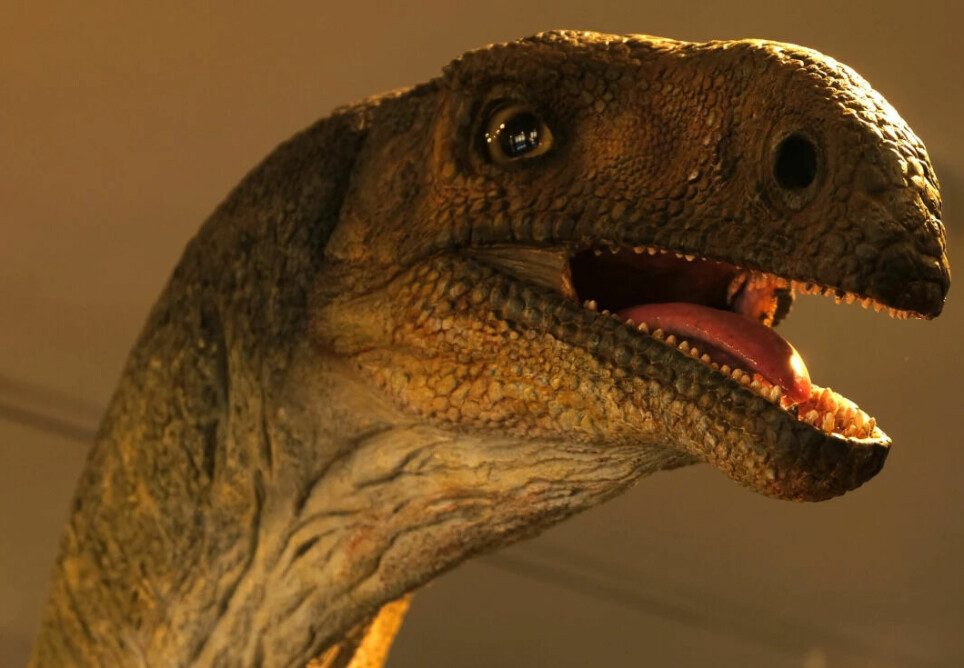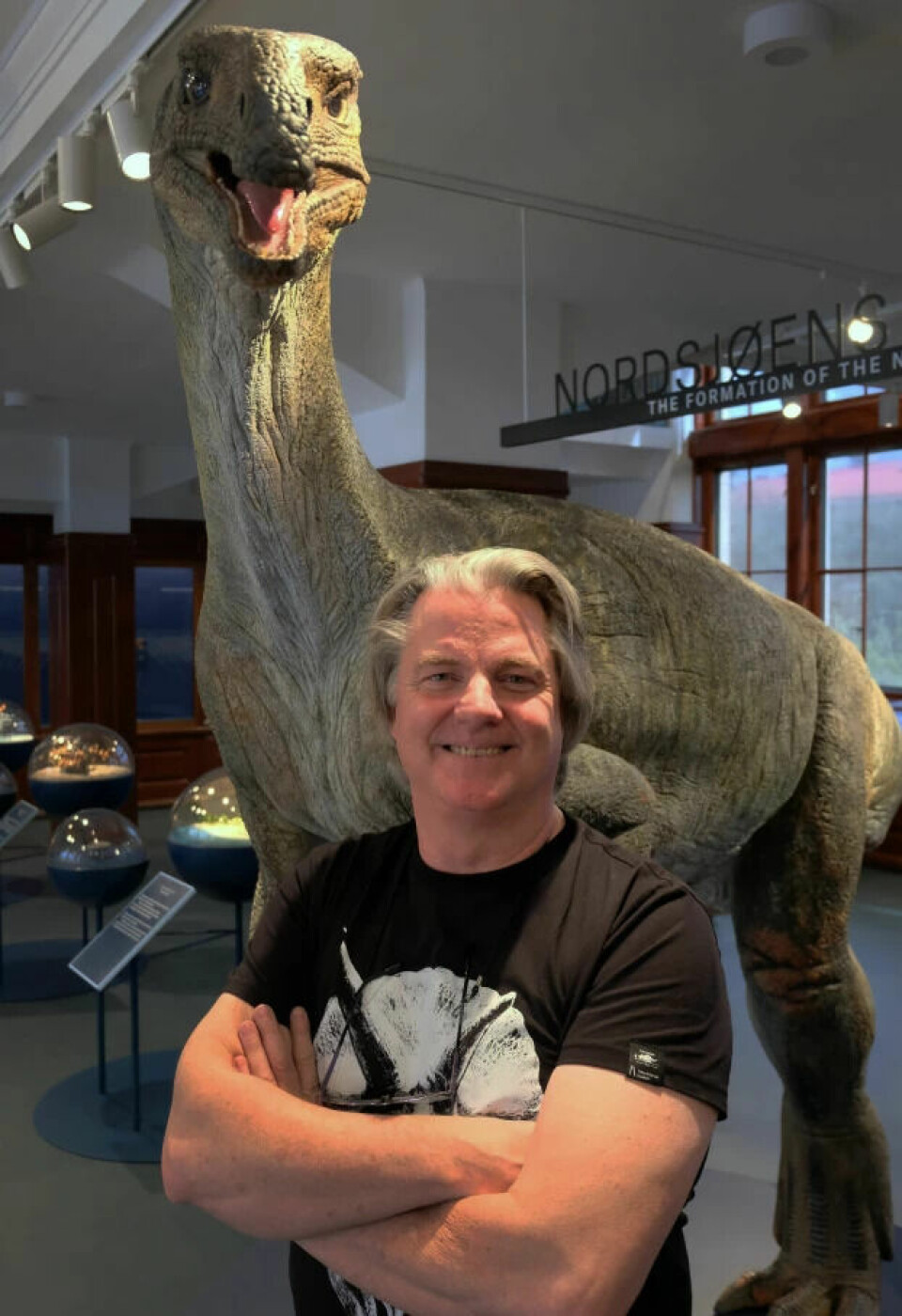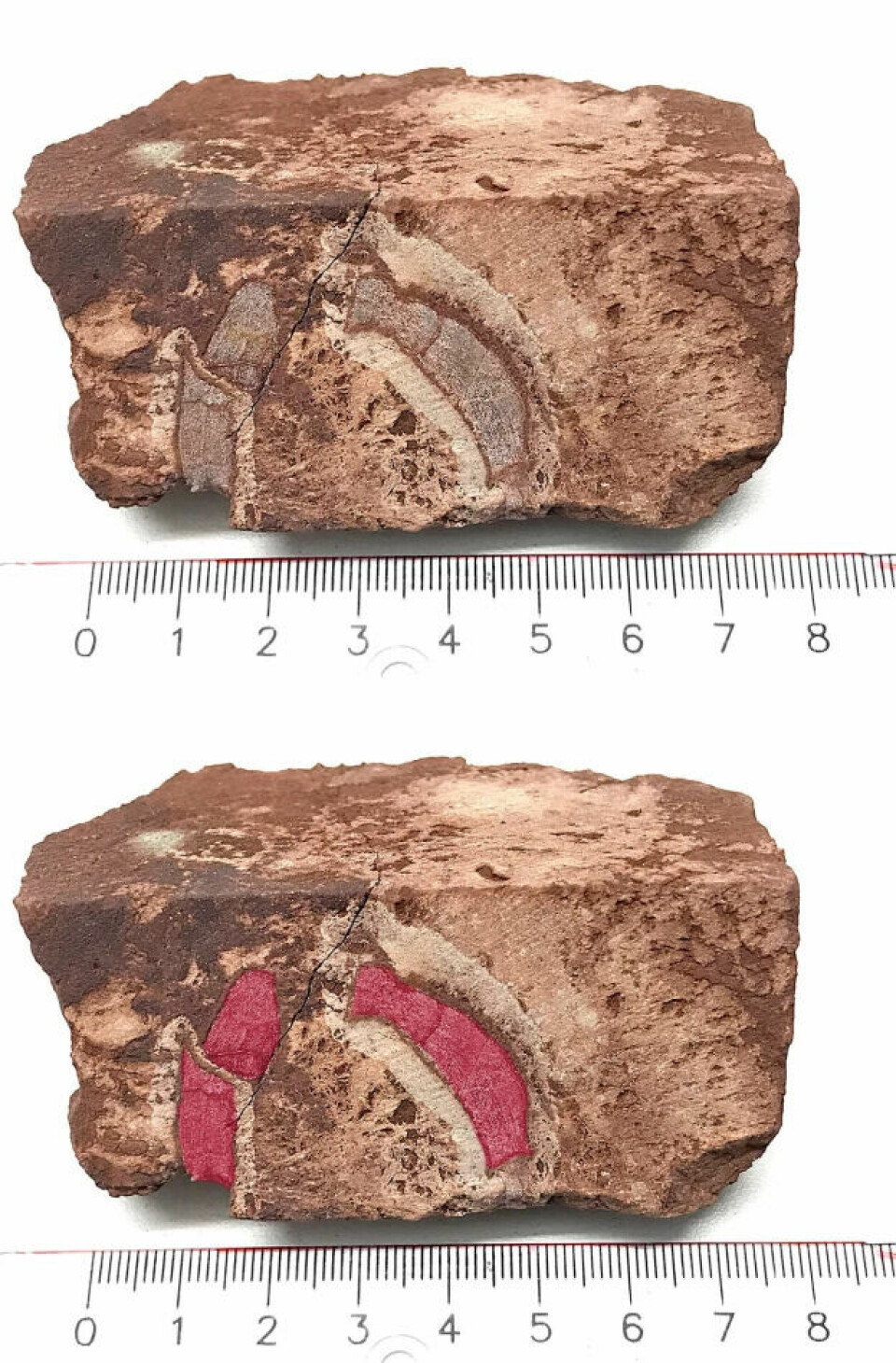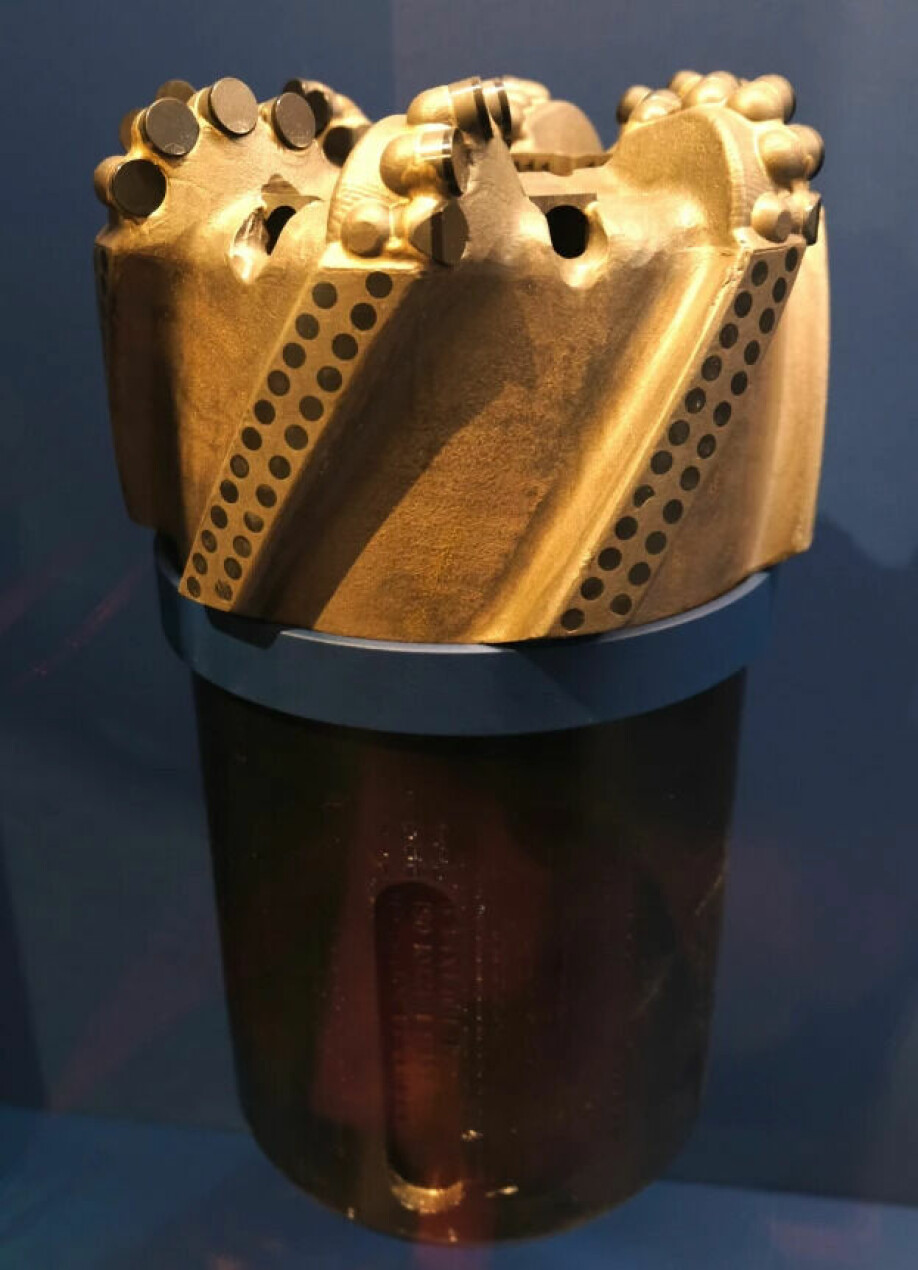
Norway's only dinosaur find was a complete accident
“And it’s a world record,” Norwegian paleontologist says.
When oil companies search for oil under the seabed, they have to drill really far down. In their hunt for oil, they might find bone fragments.
One such piece of bone became Norway's first dinosaur find - and a world record.
Easier to win the lottery
“They drilled through a dinosaur that we have managed to identify,” says paleontologist Jørn Hurum.
He and a German researcher examined the bone more closely using a microscope. They soon realised that it must belong to a dinosaur of the type plateosaurus.
The likelihood that the oil drill would hit a dinosaur bone was extremely small. In fact, you would have a better shot at winning the lottery.
“We still have only one dinosaur fossil from Norway and that is this bone,” says zoologist Petter Bøckman.
The bone and a model of the plateosaurus is exhibited at the Natural History Museum in Oslo.

2,256 meters below the seabed
“This is actually a world record because the bone is the world's deepest dinosaur find,” says Hurum.
It was found 2,256 meters below the seabed. This corresponds to the length of 20 football fields straight down into the ground.
“Because the bone was buried so deep, it would be very difficult to dig out the entire dinosaur, but at least we know that it's there,” Bøckman says.
The plateosaurus from the North Sea is therefore mentioned in most books on dinosaurs.
Bøckman explains that we would not have drilled so deep into the ground if it had not been in the search for oil.
A wide spread myth about oil is that it's made up of dead dinosaurs. This is not true - and you can read more about that in this story: No, oil does not come from dinosaurs

The first large herbivore
The plateosaurus had a long tail, long hind legs, and a rather small head at the end of a long neck.
According to Hurum, it could grow to be 9 meters long and weigh 4 tons. It is the first large herbivore, and the first dinosaur to specialise in eating plants that grew high up off the ground.
“It looks pretty dumb, and it's not so smart either. It just had to be smarter than what it was supposed to eat, and that was plants,” Bøckman says.
Many other plateosaurus fossils have been found in the rest of Europe. There are many indications that they lived together in herds.

———
Translated by Alette Bjordal Gjellesvik.
Read the Norwegian version of this article on forskning.no
































